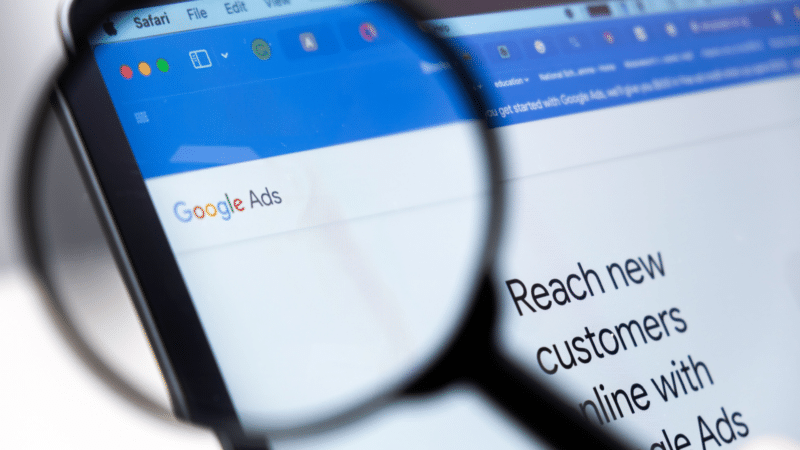
Google Ads API Update: Essential Changes for Performance Max Campaigns
In the fast-paced world of digital marketing, staying ahead of platform updates is crucial. Google’s recent adjustment to its brand asset management rules for Performance Max (PMax) campaigns is a significant development that advertisers cannot afford to overlook. The restructured management of brand assets, now located at the campaign level underCampaignAsset, promises to enhance brand control and foster consistency across advertisements.
Traditionally, brand assets such as logos and business names were stored within Asset Groups. This update not only simplifies asset management but also implements brand guidelines by default for new campaigns. For many advertisers utilizing the Google Ads API, this necessitates an immediate review and revision of their current integrations. The move toCampaignAssetmeans that advertisers need to ensure thebrand_guidelines_enabledsetting is activated to maintain brand consistency in their campaigns.
For API users, adapting to these changes is critical. The transition from the previous system, which relied onAssetGroupAsset, presents a risk of missing brand assets or experiencing inconsistent campaign performance. This speaks to the larger importance of keeping API implementations updated to align with Google’s evolving advertising landscape. With the upcoming API v21, where brand guidelines are enabled by default, developers must be proactive in updating their applications to mirror these new requirements.
Additionally, migrating existing campaigns must be conducted using the specific methods detailed in the API documentation. This step is particularly vital for advertisers who continue to rely on previous versions where brand guidelines remain disabled. Attention to these nuances will go a long way in ensuring brand integrity and operational continuity.
Beyond the immediate implications for advertising strategy, this update intersects with practices related to URL shortening and link management. Custom domains for short links, often employed to enhance brand visibility, now play a critical role in maintaining consistent branding across various digital touchpoints. Advertisers should consider integrating link shorteners that align with their brand guidelines, ensuring every shared link corresponds to their established brand identity.
Moreover, utilizing a robust short link management strategy can streamline campaign efforts by allowing advertisers to track performance more precisely. This is where platforms like BitIgniter and LinksGPT come into play, providing tools for marketers to efficiently create and manage their branded short links while adhering to Google’s new asset management structure.
In conclusion, advertisers managing PMax campaigns through the Google Ads API must act swiftly to adapt to these updates. The emphasis on brand integrity and functionality within their advertising systems cannot be understated. As digital marketing continues to evolve, leveraging the right tools for URL management will only augment their strategies.
行业标签
#BitIgniter #LinksGPT #UrlExpander #UrlShortener #DigitalMarketing #GoogleAds #APIUpdates #PerformanceMax
想了解更多: 点这里

